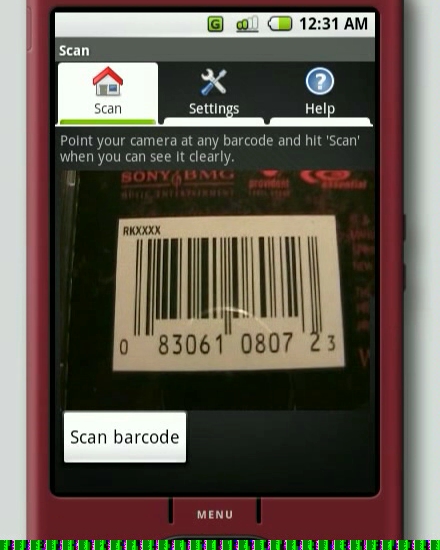
From Yahoo Sony Inks Interactive Cable-TV Deal
Comcast , Time Warner Cable, Cox, Charter, Cablevision and Bright House Networks and Sony Electronics agreed to a standard that will allow consumers to access interactive digital and high-definition video without the assistance of a set-top cable box.
The enabling Tru2way technology, based on Sun Microsystems' Java runtime environment, enables interactive capabilities in TV sets, gaming consoles, portable media players, and even mobile phones
Sony's agreement with the nation's top cable giants, which together serve more than 105 million U.S. homes, will eliminate cable set-top box deployment headaches and maintenance costs for cable-TV operators. Another perk: The deal will end those pesky monthly set-top rental fees that many consumers hate.
"The goals of Tru2way are to provide a universal, national platform that will enable consumers to receive cable's interactive services without a set-top box," noted Joy Sims, a spokesperson for the National Cable TV Association.










